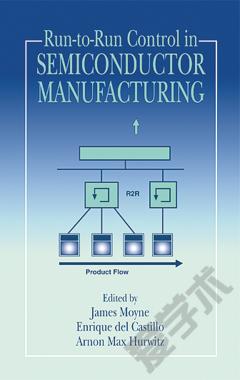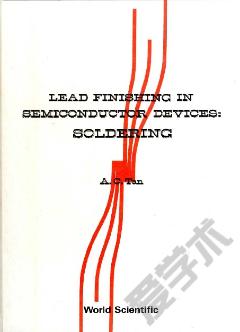Run-to-Run Control in Semiconductor Manufacturing
Introduction What is Run-top-Run Control? Target Audience Purpose of this Book Outline Background Current State-of-the-Art in Semiconductor Manufacturing Process Control History of the Development of Run-to-Run Control Current State o-of-the-Art in Run-to-Run Control Development and Deployment Simple Example: Run-to-Run Control and Comparison to Statistical Process Control Identifying Target Applications for Run-to-Run Control Class of Applications that can Utilize Run-t0-Run Control General Run-to-Run Control Development and Deployment Process Issues in Deploying Run-to-Run Control Developing a Run-to-Run Solution: Run-to-Run Algorithms Introduction Linear Approximation Algorithms Higher Order Approximation Algorithms Neural Network Algorithms Other Approaches Developing a Run-to-Run Solution: Practical Extensions to Algorithms Developing and Deploying Run-to-Run Solutions: Integrating Control Introduction The Generic Cell Controller Other Approaches Integrating into Factory-Wide Manufacturing System Run-to-Run Solution Development, Deployment, and Customization Methodology Introduction Process Identification Choosing a Run-to-Run Control Solution Customizing the Run-to-Run Control Solution to the Process Issues Run-to-Run Control System Deployment Case Studies Chemical-Mechanical Planarization Vapor Phase Epitaxy Advanced Topics Feasibility Analysis of Run-to-Run Control Solutions Stability Analysis of Run-to-Run Control Solutions Combining Process Run-to-Run Control with Inter-Process Control Conclusions Summary of Run-to-Run Development and Deployment Process Deploying Run-to-Run Control in a Timely and Cost Effective Manner Overcoming Barriers to Deployment Future Research and Development Issues References
{{comment.content}}








 京公网安备 11010802027623号
京公网安备 11010802027623号